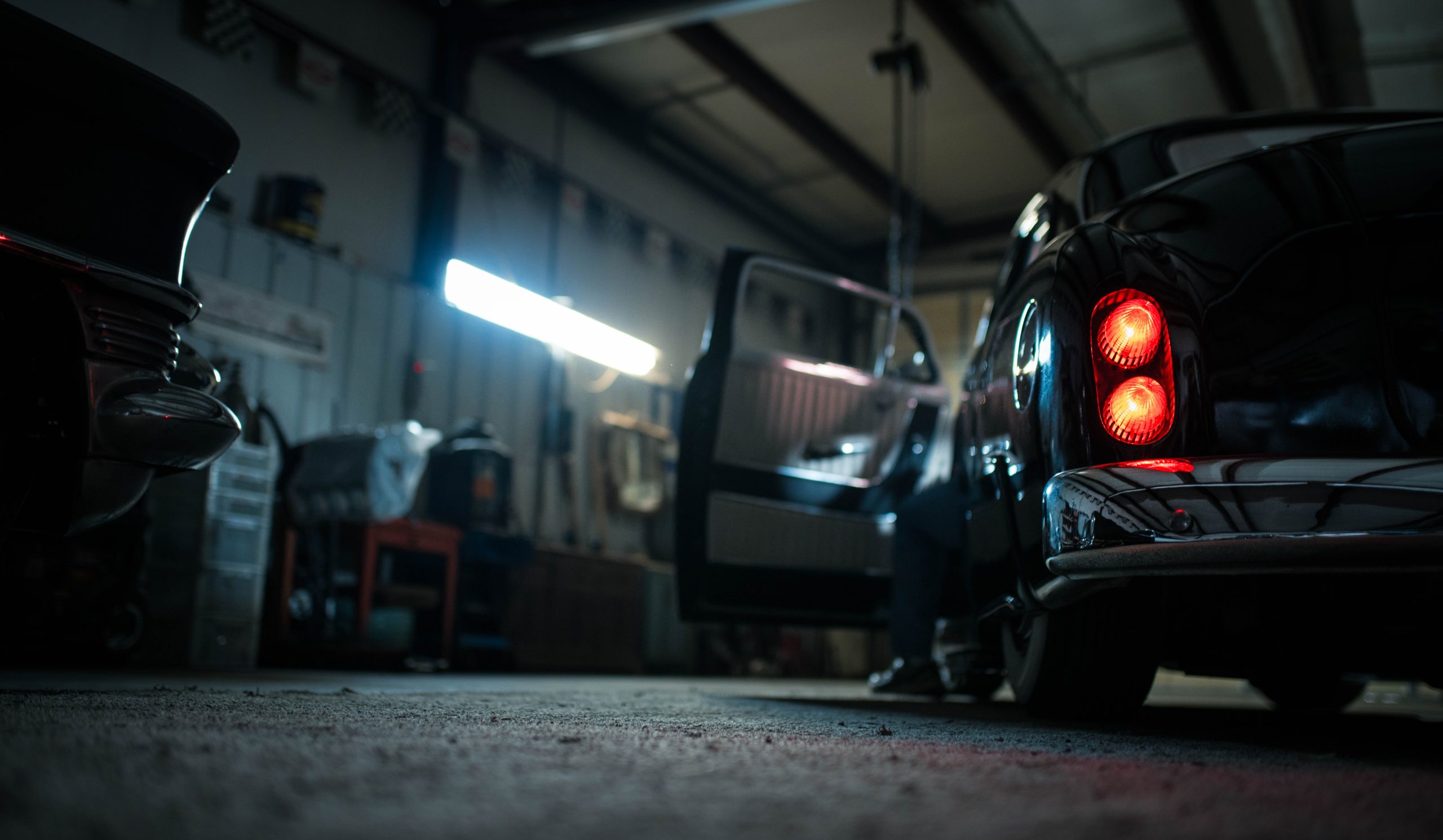[ad_1]
About 40 years ago the little camper was born.
Someone at Toyota USA decided that it would be a good idea to provide pickups for use by camper manufacturers. These vehicles were sent out to the camper companies as a cab and chassis unit. They did not have a pickup bed attached. The manufacturer of the camper attached their own camper body onto the chassis of the pickup. This became the basis for the series of campers known as the Toyota motor home.
Constructed in the late 1970s, they were tiny by today's measure.
At first the campers were small, not much bigger than the original pickup body. One of the most common brands of camper of this type at that time was called the Toyota Chinook. This little camper consisted of a fiberglass body attached to the Toyota chassis. It normally had a pop-up roof with a vinyl enclosure.
Inside the camper, the accommodations were quite plain.
Along one side of the body there was a built in galley consisting of a sink and icebox, and a two burner propane cook stove. The other side of the camper was placed a couch which folded out into a double bed. This left a small aisle for standing, dressing, and other activities. Normally the inside of the camper was designed with the cabinets made from the same material as the body of the camper, fiber glass.
These small campers to be in popular with people wanting to travel inexpensively.
The little pickup combined with a camper body made a very economical unit for weekending and vacation travel. This model of RV was very popular with fishermen and hunters or couples who wanted a simple camper that they could park in garage. The use of the pop-up top built into the camper these vehicles would allow the vehicle to fit in a stall in a standard garage.
With the pop-up roof extended, there was limited stand up room inside the camper. This allowed the user to move around without bending over. The daily activities of cooking,getting dressed, and sleeping were all carried out in the warmth and protection of the solid fiber glass body.The limited features of these campers may extended stays a real challenge, but for weekends and brief vacations they were ideal.
One of the major difficulties of this camper was the lack of a bathroom.
For some people this was not a problem as they used the camper as a very comfortable place to sleep while camping in the outdoors. When used at forest service campgrounds or in wilderness areas this was ideal, but for use in crowded campgrounds or RV parks this soon became a problem. Another drawback of this camper was the lack of built-in storage.
While this little camper was ideal for a lot of people it was not quite the best camper for the growing RV market.
Buyers wanted more amenities and features that provided the comfort and convenience of home while on the road. Attracted by the sales of the Toyota Chinook type of camper, RV manufacturers began to design larger and more comfortable Toyota motor homes.
[ad_2]
Source by Lee S Mcpherron

